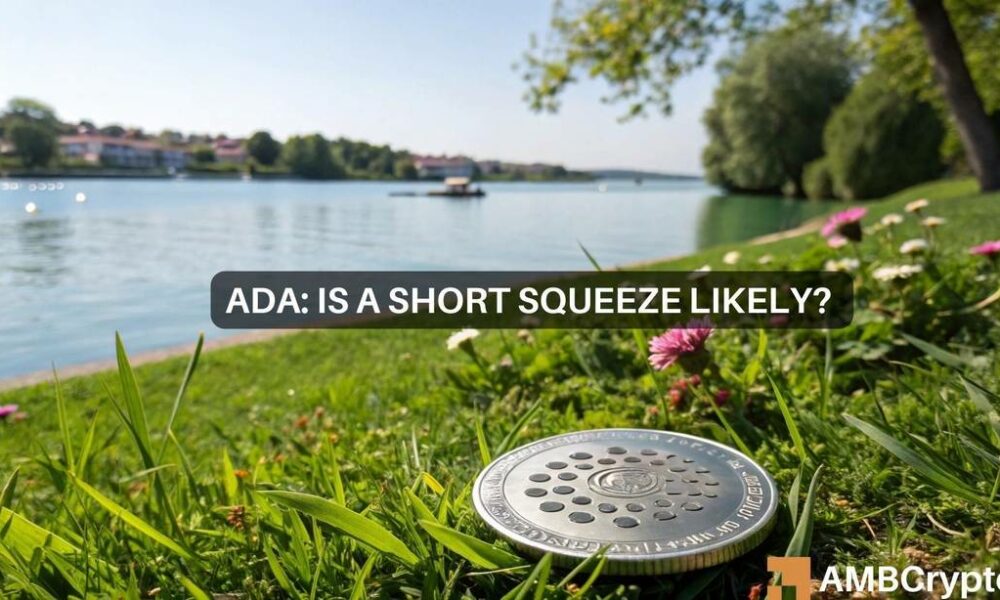Following a recent reset earlier this week, various alternative cryptocurrencies experienced a bounce-back, with Bitcoin’s dominance dropping from 57.8% to 56%. Notably, Cardano’s ADA witnessed a resurgence in capital inflows, leading to a notable recovery of almost 30% at the time of writing.
Impressive Recovery by ADA
This recovery saw ADA reclaiming the 4-hour 50-EMA (Exponential Moving Average) and reinforcing a bullish trend in the short term. It is essential for buyers to consider certain critical factors. A strong push could potentially pave the way for hitting recent highs at $1.3 or aiming for the next milestone at $1.5.
Historically, in 2021, ADA remained within the $1-$1.5 range for an extended period before surging to $3. If this pattern repeats itself, reaching $1.5 appears increasingly likely as long as ADA maintains its support at $1.
It is worth noting that the $1.24 mark represents a significant level with a substantial liquidity pool (leveraged shorts), which might influence price action. Breaking through this level could either propel the price further or encounter resistance.
Key Levels for Cardano
Examining ADA’s liquidation heatmap on the Bybit exchange reveals substantial leveraged short positions valued at over $143 billion spread between $1.23 and $1.25 on the weekly charts. The presence of such significant liquidity could play a crucial role in price movement.
Additionally, the 24-hour chart shows considerable liquidity of over $40 billion in leveraged long positions clustered around $1.0. The levels of $1.0 and $1.25 are identified as key support and resistance levels based on the liquidation heatmap.
Considering that price action often correlates with liquidity distribution, the closest liquidation range to the current price is identified within the $1.23-$1.25 range. Therefore, the prices may target $1.25 or even $1.3 before potentially retracing to $1.0. Nevertheless, a breakthrough beyond $1.3 could set the stage for a move towards the $1.5 level.
Disclaimer: The views expressed in this analysis represent the writer’s opinions and should not be construed as financial, investment, or trading advice.

